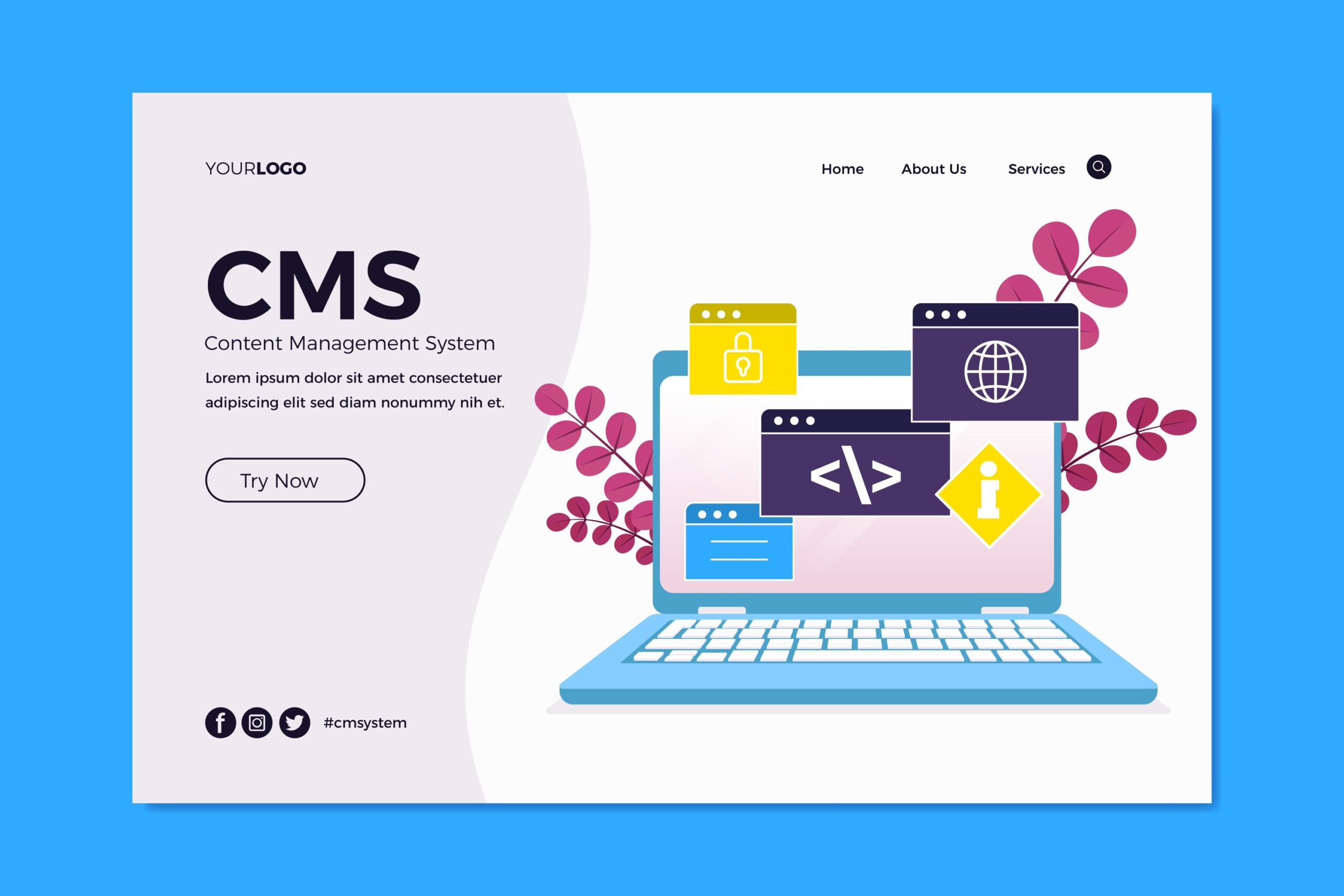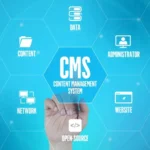In today’s fast-moving digital world, developers and businesses need more than just a traditional content management system. They need speed, flexibility, and the ability to deliver content across multiple platforms — from websites and mobile apps to IoT devices. That’s where a headless CMS comes in.
But not all platforms are built the same. If your team works with PHP, choosing the best PHP headless CMS can give you the perfect balance between performance, customization, and scalability. Instead of being tied to a front-end, a headless CMS lets you manage content centrally and deliver it anywhere via APIs.
What is a Headless CMS?
A headless CMS is a content management system that separates the “back end” (where content is created and stored) from the “front end” (where content is displayed). Instead of locking your content into one website template or theme, a headless CMS delivers it through an API (usually REST or GraphQL) so it can be used anywhere.
Think of it like this:
- Traditional CMS (like WordPress or Drupal): Content and design are tied together. You create a page, and it’s displayed within a predefined theme.
- Headless CMS: Content is stored in a central hub, then “pushed” to different channels — websites, mobile apps, digital signage, or even smart devices — all through APIs.
Key Benefits of a Headless CMS
- Omnichannel delivery: Publish content once and reuse it across multiple platforms.
- Flexibility: Developers can build front ends with any framework (React, Vue, Angular, PHP, etc.).
- Performance: Cleaner separation of content and presentation often leads to faster websites and apps.
- Scalability: Easier to expand and integrate with modern tools and workflows.
In short, a headless CMS gives small teams and enterprises alike the freedom to manage content in one place while delivering it everywhere.
Why choose a PHP-based headless CMS?
With so many headless CMS platforms built in JavaScript (Node.js) or other modern stacks, you may wonder: why stick with PHP? The answer lies in reliability, ecosystem, and developer familiarity.
1. Widely Adopted and Trusted
PHP powers more than 70% of websites on the internet. From WordPress to Laravel, it has a massive ecosystem and proven track record for stability and scalability.
2. Developer Familiarity
Many small business and enterprise teams already have PHP developers on board. Choosing a PHP-based headless CMS means you don’t need to retrain staff or hire new specialists in another language.
3. Strong Ecosystem and Hosting Options
PHP is supported by virtually every hosting provider, from budget shared servers to enterprise-grade cloud platforms. That makes deployment and scaling more cost-effective.
4. Seamless Integration With Existing Systems
A PHP headless CMS can fit smoothly into existing PHP-based stacks, such as Laravel or Symfony applications, without requiring a full migration to a new language or framework.
5. Flexibility With Front-End Choices
Even though the back end runs on PHP, a headless CMS still delivers content through APIs. This means you can use any front-end technology — React, Vue, Angular, or even plain PHP — giving you the best of both worlds.
Bottom line: A PHP-based headless CMS combines the modern flexibility of headless architecture with the familiar stability of PHP, making it a practical choice for many developers and businesses.
Read:
Key features to look for in a PHP headless CMS
Not all headless CMS platforms are created equal. If you’re considering the best PHP headless CMS, here are the must-have features to evaluate:
1. API-First Architecture
A true headless CMS should provide robust APIs (REST or GraphQL) that make it easy to deliver content to any platform — websites, apps, or third-party services.
2. Content Modeling Flexibility
Look for a CMS that allows you to create and manage custom content types (e.g., products, blog posts, tutorials) without complex coding. This flexibility makes it easier to adapt as your needs evolve.
3. User Roles and Permissions
Small and large teams alike need access control. A good CMS should let you define roles (admin, editor, contributor) and manage who can create, edit, approve, or publish content.
4. Version Control and Workflows
Being able to track changes, roll back content, and set up approval workflows is critical for teams working on frequent updates.
5. Multi-Channel Publishing
Your CMS should support publishing content once and distributing it across websites, apps, and other digital platforms — without duplication of effort.
6. Security and Reliability
Since the CMS is decoupled from the front end, strong security features are essential. Look for role-based access, SSL support, and regular updates.
7. Performance and Scalability
The platform should handle traffic spikes and growing content libraries without slowing down, whether you’re serving a small blog or a high-traffic e-commerce site.
8. Extensibility and Integrations
Check if the CMS integrates with tools you already use — such as CRMs, e-commerce platforms, or marketing automation tools — and supports plugins or modules for added functionality.
9. Developer-Friendly Environment
A PHP headless CMS should be easy for developers to extend and customize, ideally with clean documentation, SDKs, and community support.
Tip: Create a checklist of your must-have features before comparing CMS options. This helps you avoid paying for features you don’t need while ensuring the platform supports your growth.
Also read:
Best php headless cms

If you’re working with PHP and want the flexibility of a headless architecture, here are some of the top platforms to consider:
1. Directus
- Overview: Directus is an open-source, API-first CMS that layers on top of any SQL database. It’s written in PHP and provides both REST and GraphQL APIs.
- Pros:
- Flexible data modeling without vendor lock-in.
- Clean admin interface for non-technical users.
- Scales well for enterprise-grade projects.
- Cons:
- More developer-focused; setup can be complex for beginners.
2. Cockpit CMS
- Overview: A lightweight, self-hosted headless CMS built with PHP. Ideal for small to mid-sized projects needing a simple but powerful back end.
- Pros:
- Simple to install and use.
- JSON API out of the box.
- Good fit for smaller teams and projects.
- Cons:
- Limited ecosystem compared to larger CMS platforms.
- Smaller community support.
3. Drupal (Headless Mode)
- Overview: Drupal is a powerful open-source CMS built with PHP. In decoupled or “headless” mode, it can serve as a robust content hub.
- Pros:
- Extremely flexible and scalable.
- Rich module ecosystem for customization.
- Strong security and community support.
- Cons:
- Steep learning curve for setup and management.
- Overkill for very small projects.
4. Typo3 (Headless Extension)
- Overview: Typo3 is a long-established PHP CMS that now offers a headless extension, enabling developers to use it in a modern decoupled architecture.
- Pros:
- Enterprise-ready with multi-site support.
- Strong performance and scalability.
- Reliable for multilingual projects.
- Cons:
- Requires technical expertise.
- Smaller developer pool compared to WordPress or Drupal.
5. WordPress (via WP REST API or WPGraphQL)
- Overview: While WordPress is not headless by default, its REST API (and plugins like WPGraphQL) make it a viable PHP-based headless CMS.
- Pros:
- Familiar to most developers.
- Huge plugin ecosystem.
- Large support community.
- Cons:
- Security risks if not properly maintained.
- Less efficient for enterprise-scale headless needs.
Quick recommendation:
- For lightweight projects, choose Cockpit.
- For flexibility and enterprise needs, go with Directus or Drupal.
- For familiarity and ecosystem, WordPress in headless mode is a practical option.
FAQ
1. What is a PHP headless CMS?
A PHP headless CMS is a content management system built with PHP that stores and organizes content in the back end but delivers it via APIs (REST or GraphQL) to any front-end framework or platform.
2. Why choose a PHP-based headless CMS instead of Node.js or others?
PHP is widely supported, familiar to many developers, and easy to host on almost any server. Choosing a PHP-based headless CMS allows teams to leverage existing skills and infrastructure without moving to a new language.
3. Which is the best PHP headless CMS for beginners?
Cockpit CMS is a good starting point. It’s lightweight, simple to set up, and ideal for small projects that don’t need enterprise complexity.
4. Which PHP headless CMS is best for enterprises?
Directus and Drupal (headless mode) are better suited for large-scale or enterprise projects. They offer strong scalability, security, and extensive customization options.
5. Can WordPress be used as a headless CMS?
Yes. WordPress can act as a headless CMS using its REST API or WPGraphQL plugin. This allows developers to keep WordPress as a back end while building modern front ends with React, Vue, or Angular.
6. Is a PHP headless CMS free?
Most PHP-based headless CMS platforms like Directus, Cockpit, Drupal, and WordPress are open-source and free to use. However, costs may arise for hosting, premium plugins, or enterprise support.
7. How do I decide which PHP headless CMS is best for me?
Make your choice based on:
- Project size: Cockpit for small projects, Drupal or Directus for large ones.
- Team expertise: Stick with PHP if your developers already know it.
- Flexibility needs: WordPress is familiar, but Directus is more API-first.
Conclusion
Choosing the best PHP headless CMS depends on your project’s size, your team’s expertise, and your long-term goals. If you need something lightweight and simple, Cockpit is a strong choice. For enterprise-level projects with complex requirements, Directus or Drupal in headless mode deliver the scalability and security you need. And if you want familiarity with a massive ecosystem, WordPress in headless mode remains a practical option.
The strength of PHP lies in its reliability, hosting flexibility, and widespread developer knowledge. By combining that with the modern power of headless architecture, you can manage content once and deliver it everywhere — from websites to apps and beyond.
Next step: Evaluate your must-have features, test a couple of platforms, and choose the CMS that fits your workflow and growth plans. The right PHP headless CMS will give you both flexibility and control, setting your project up for long-term success.



